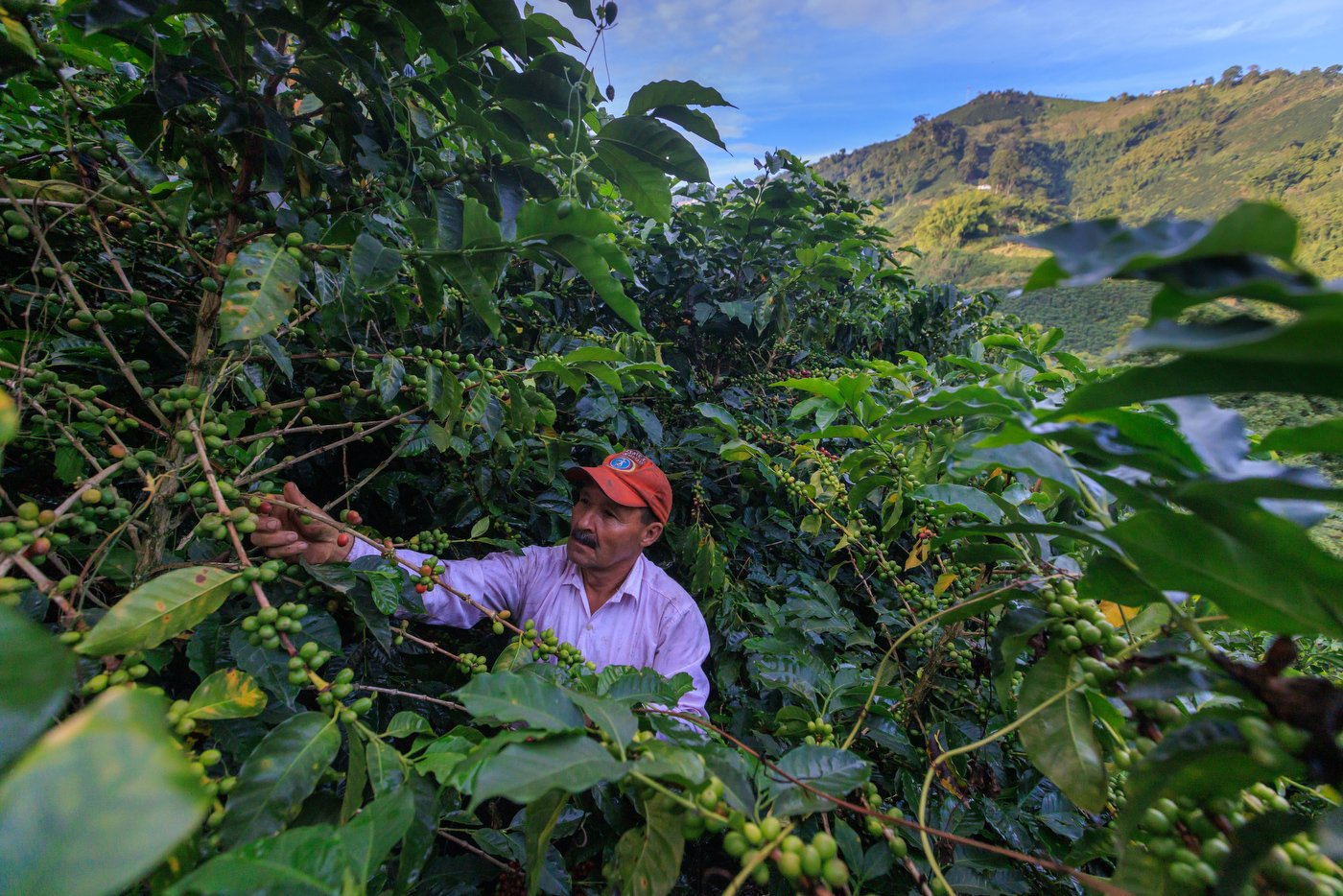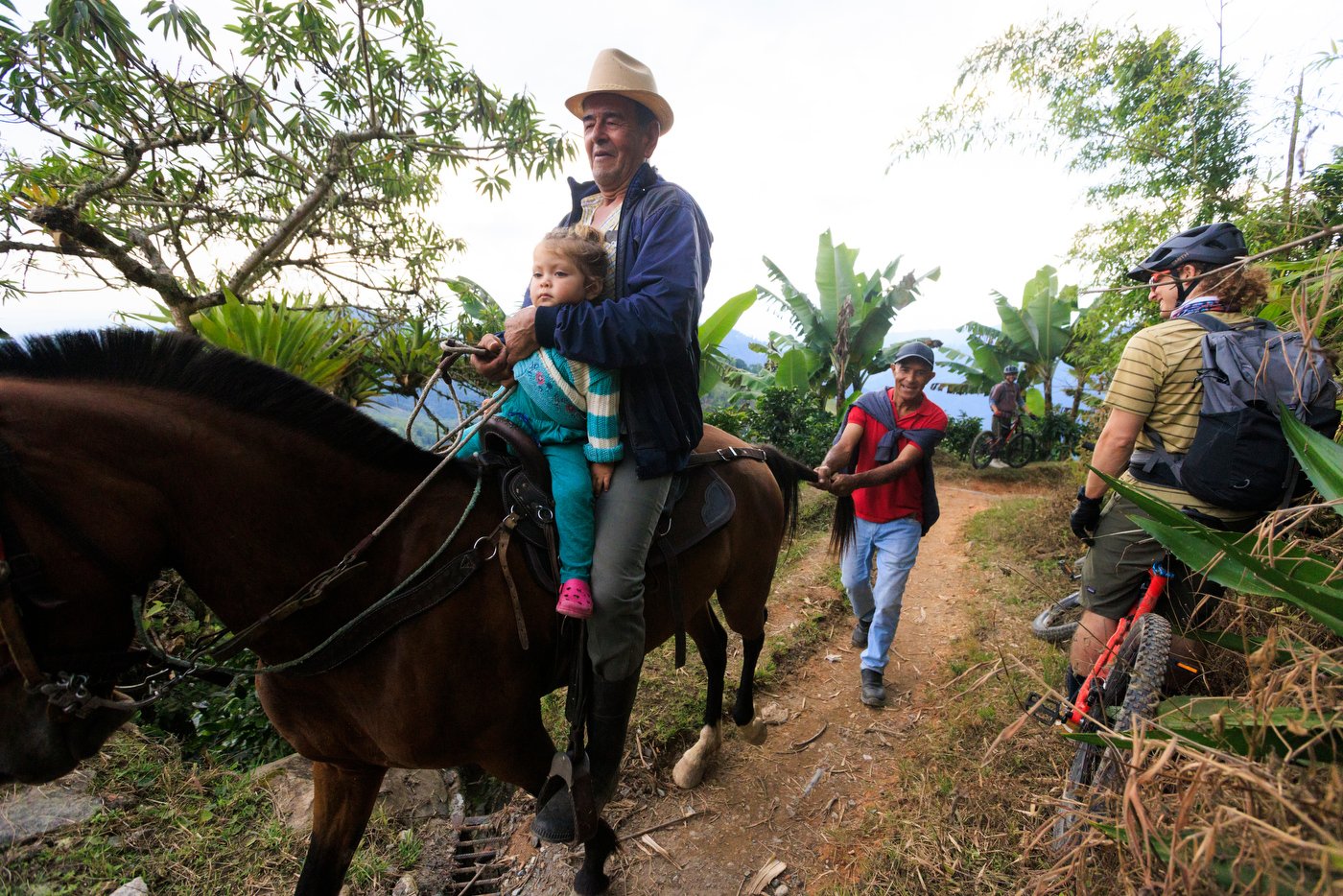




-
Above 12,500 feet in the Andes mountains lies the páramo, one of the most biodiverse ecosystems on Earth and sadly, one of the most threatened. Colombia is home to over half the world’s páramos, which act as a water catch net and are the primary freshwater source for millions including residents of Bogota and Medellin. Climate change-induced warmer temperatures, deforestation, encroaching agriculture, mining, and wildfires all threaten this ecosystem, but a diverse group of communities in Colombia are taking action to protect it. As a Colombian American, I feel this overlooked story of protection and hope urgently needs to be told.
The páramos and their uniquely adapted plants not only absorb glacial melt but capture water from the clouds and slowly release it into streams and aquifers below. University of the Andes Bogota professor Santiago Madriñán and co-author of a recent study about the vulnerability of the páramo says, “There is no time or space to adapt to present trends of rising temperatures for many of the páramo plant species, including the Espeletias,” a key plant species otherwise known as frailejones or big friars, nicknamed for their semblance to tall men in brown robes. The páramos are not only home to a variety of plant life, but also dozens of endemic and threatened animals such as the Andean condor and the anteojos bear.
The Arhuaco indigenous community in Colombia believes the Andes are like the human body. The snow-capped peaks represent the head, the flowing glaciers and rivers are the veins and the páramo is the heart or corazón. The heart is the lifeblood of the human body. It gives strength and vitality to everything around it, just like the páramo it pumps a vital resource throughout. Without it, the entire ecosystem and everything connected to it does not function.
My Colombian American identity provides an opportunity to understand and share both cultures. As someone with a dual identity, I feel I can be a bridge between two cultures and that I have a duty to be an ambassador of both.
As a Colombian American who works between Colombia and the US, whose immediate family lives in Colombia, who has spent significant time in Colombia, someone who knows the páramo’s ecological and cultural significance firsthand, and whose family and friends depend on the páramos for their livelihood I believe I am the right photographer to document this story.
My process as a photographer begins first with established relationships. All partnerships for this project are friends of mine or family. My partnerships include my cousin, Laura Gomez, who is a biologist and wildlife cinematographer in Bogota, my friend Yesid Achicué who is a Nasa indigenous anthropologist, sociologist and guide and Juan Diego Giraldo Gómez who specializes as a high alpine guide in the Andes and has worked along researchers and clients in Colombia’s páramos for over 15 years, whom I have worked with on previous projects.
I want to tell this story through the eyes of the Andeans who are working to protect the páramo, like the federal troops once assigned to fight paramilitary groups who are now replanting native species and indigenous groups who are the original stewards of the páramos, protecting and conserving them for thousands of years.
Documenting photo stories that show the threats of climate change on the ecosystem and its animals, while also sharing local, federal, and indigenous solutions will provide an underreported and cohesive narrative that demonstrates not only the importance of the páramos but will serve as a visual roadmap of how we can work to protect it.
I will use my skills as a documentary photographer and the experience I have gained during my years in photojournalism and adventure photography to create a coherent collection of images that capture the Colombian páramo in the present moment.
The final product will be a long-form visual narrative that shares the importance of the páramo as a crucial water source, the importance of its flora and fauna, and the diverse groups working to protect it.
While this critical watershed provides freshwater to over 10 million people living in Bogotá and Medellín, protecting the Colombian páramo has an even broader impact.
Páramos across the Andes provide drinking water to an estimated 40 million people and are home to 5,000 species—3,000 of which live nowhere else on Earth.
The páramos of Latin America rarely garner large amounts of coverage, especially internationally, compared to connected ecosystems like glaciers. Publishing this solutions-oriented story will have an immense impact by filling a void in international coverage, and inspiring people beyond Colombia to care about the páramos.
